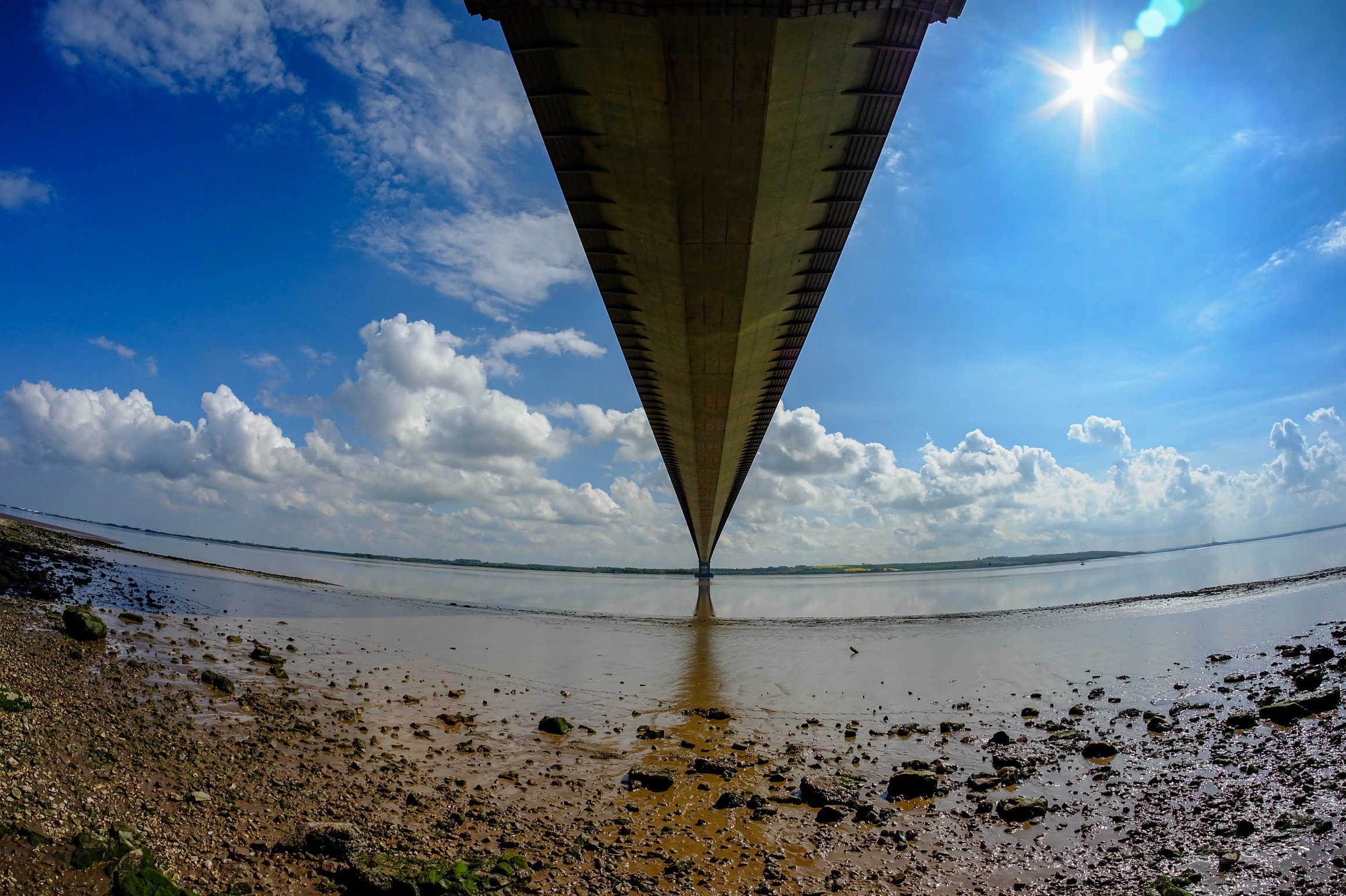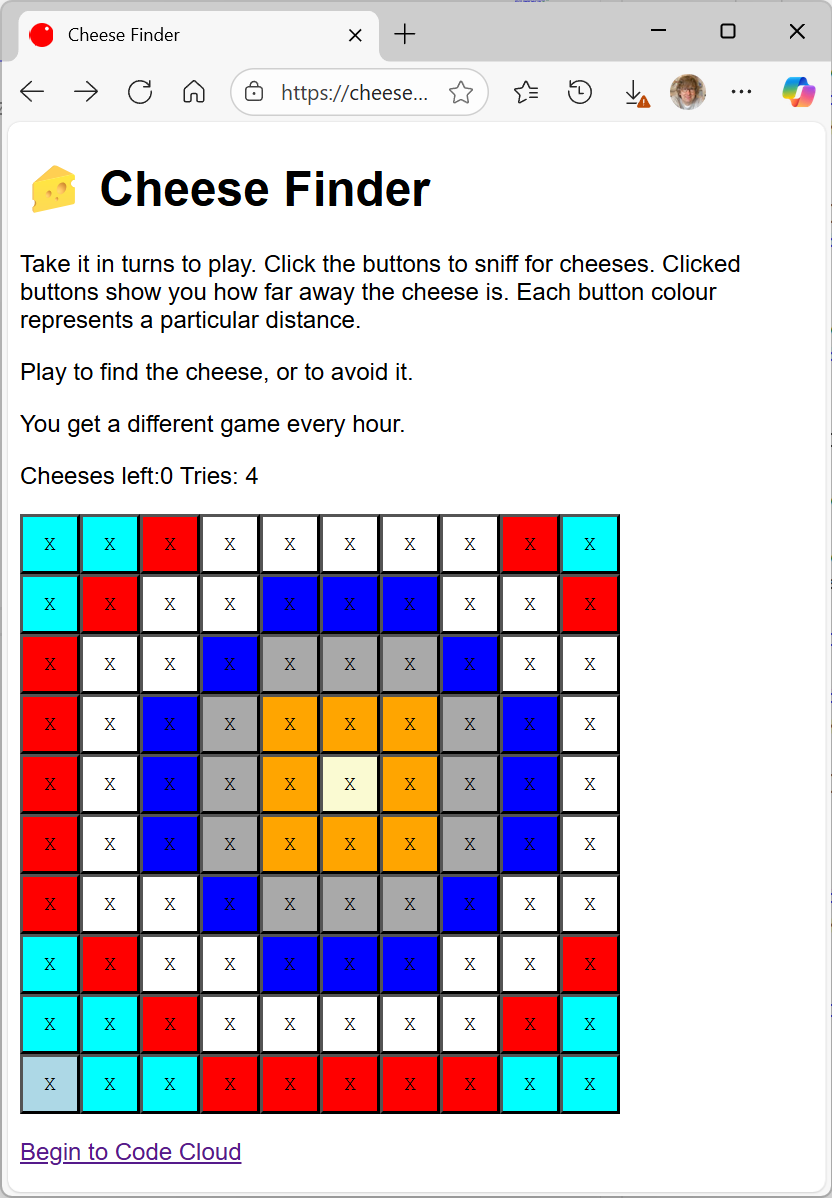New Chair
/It’s amazing what having a rubbish skip next door but one can do for your life. I’ve just got a new chair for my office. No - not from the skip. That’s where the old chair is going. The old chair is still OK to sit on, but the vinyl covering began to moult around a year ago giving of clouds of plastic particles each time I sat down on it. Then it developed this amazing squeak when I leaned back.
When I took the old chair to pieces for disposal I discovered a date stamp of 2003. I think its time had definitely come.

































